World Leaders Confront Raft of Ocean Challenges at UN Conference, G7 Pledges Criticized as Vague by Activists, Congress Backs Carbon Capture and Storage Initiative, and more
July 1, 2022 – We gather news: You stay informed
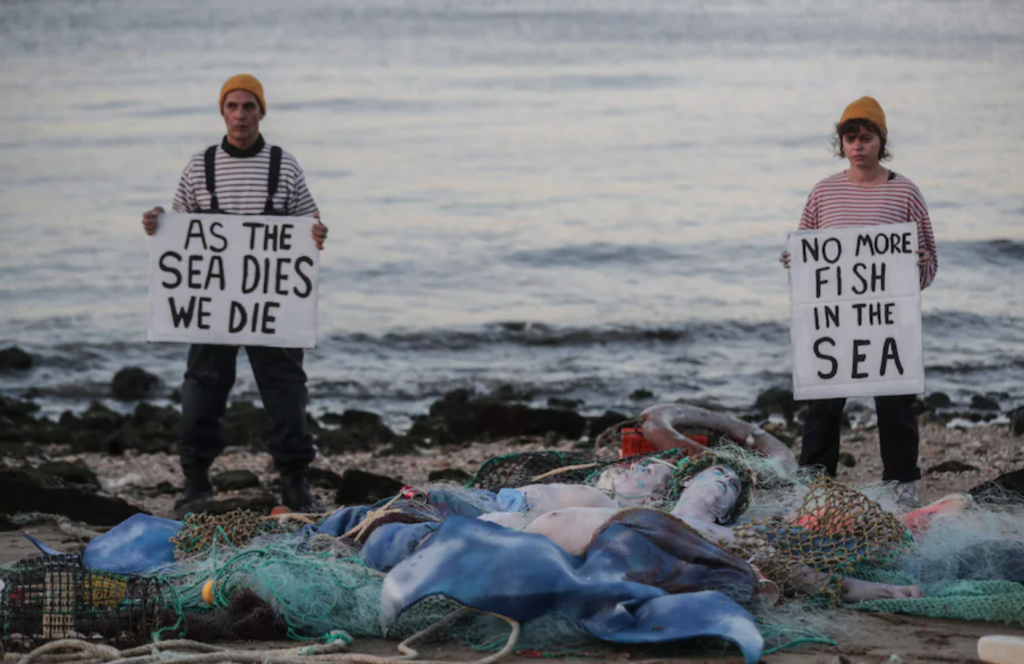
1. World Leaders Confront ‘Ocean Emergency’ at UN Conference
At this week’s United Nations Ocean Conference in Lisbon, leaders from more than 20 nations are set to issue a declaration on protecting the high seas against exploitation and restoring ocean health. Already, the gathering has featured some splashy commitments from governments and the private sector, drawing measured praise from conservationists, who warn that leaders must still do more to protect the ocean for humanity and marine life. The White House signed a memorandum to crack down on illegal, unreported and unregulated fishing — a leading cause of global overfishing that often involves forced labor, human trafficking, and other human rights abuses. The United States, Britain, and Canada will launch an alliance to improve monitoring of fisheries and “hold bad actors accountable,” according to a White House fact sheet. A working group comprising 21 federal agencies will release a five-year strategy on curtailing illegal fishing.
Thank you for your generous gift that will help us continue the production of this weekly, free publication

2. Young Activists Dismiss ‘Vague’ G7 Climate Pledges at Summit
Climate campaigners criticized G7 leaders for making no concrete promises on global warming at a summit dominated by discussion of securing energy supplies during a global crunch caused by the war in Ukraine. Heads of the Group of Seven wealthy democracies issued a statement agreeing to accelerate the fight against climate change while ensuring energy security but have so far not announced any new measures. G7 countries have sought ways to plug energy shortages and tackle soaring prices while sticking to their climate commitments. Leaders discussed ways of reducing coal use and scaling up renewable energies in a way that is “socially just” and “agreed to work together to accelerate a clean and just transition towards climate neutrality, while ensuring energy security,” the statement said. Campaigners said the leaders had not gone far enough in curbing the use of fossil fuels.
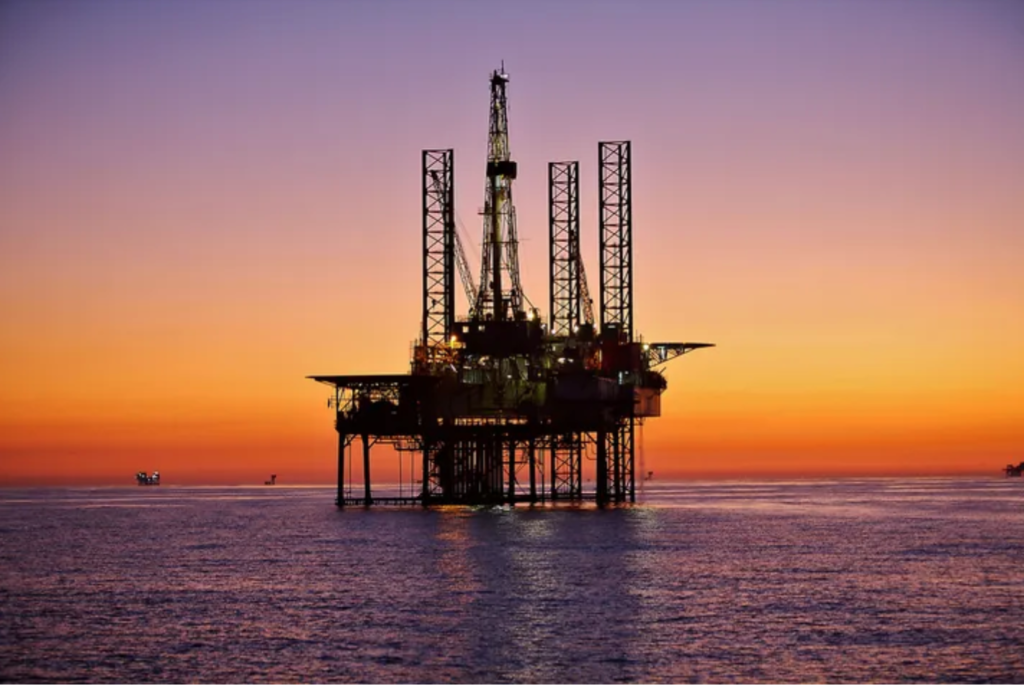
3. Congress Quietly Backed an Ambitious Climate Project: Sending CO2 to the Ocean Floor
The $1.2 trillion infrastructure package that Congress passed and the President signed into law late last year is expected to jumpstart US carbon capture and storage (CCS). Along with earmarking more than $12 billion to advance the technology, the law tasked federal regulators with creating a framework for companies to lease offshore areas and pump CO₂ into the ocean floor, thereby preventing it from reaching the atmosphere and further heating the planet. The ocean floor is an appealing place to store carbon for its distance from population centers and drinking water sources. The Gulf of Mexico is particularly attractive given its vast network of existing oil and gas infrastructure, which could be utilized to pipe CO₂ offshore. There are still a number of questions to be answered, including how far CO₂ could migrate once injected into the seabed and who will be responsible for long-term monitoring.
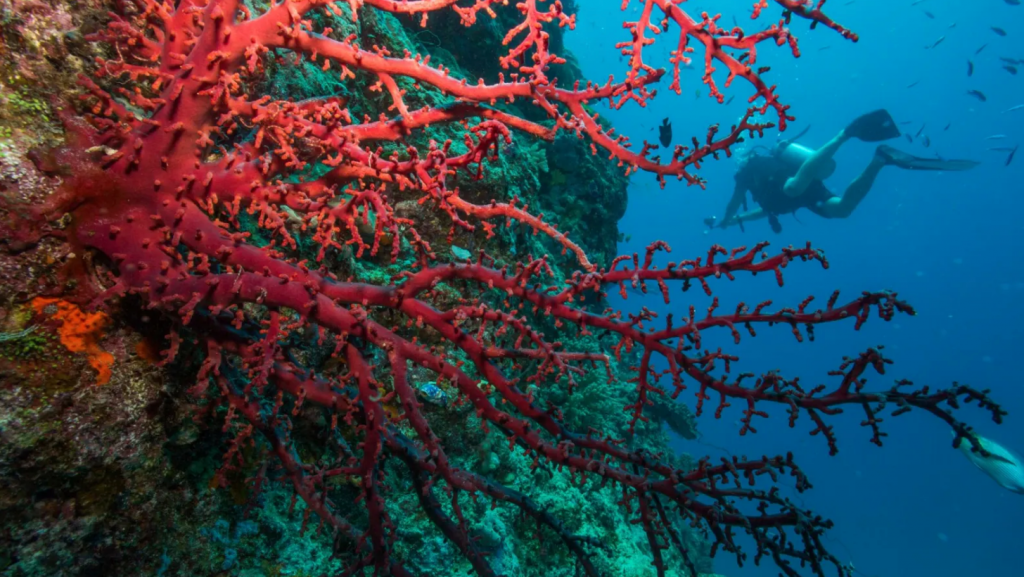
4. UN Development Programme Launches Ocean Promise
At the UN Ocean Conference, the United Nations Development Programme (UNDP) announced that it will enable 100 coastal countries including all Small Island Developing States to realize the maximum potential of their blue economies through sustainable, low-emission, and climate-resilient ocean action by 2030. The announcement comes as official development assistance to the ocean economy over the last ten years has averaged only US $1.3 billion per year and the scale of public and private investment for ocean restoration and protection remains woefully inadequate. UNDP’s Ocean Promise underscores that every penny invested in achieving the Paris Agreement is invested in ocean health—the foundation of the sustainable blue economy. The Promise outlines actions in key sectors to accelerate economic growth, create jobs and livelihoods, improve food security, reduce poverty and inequity, and promote gender equality and aims to catalyze significant progress on SDG 14 implementation.
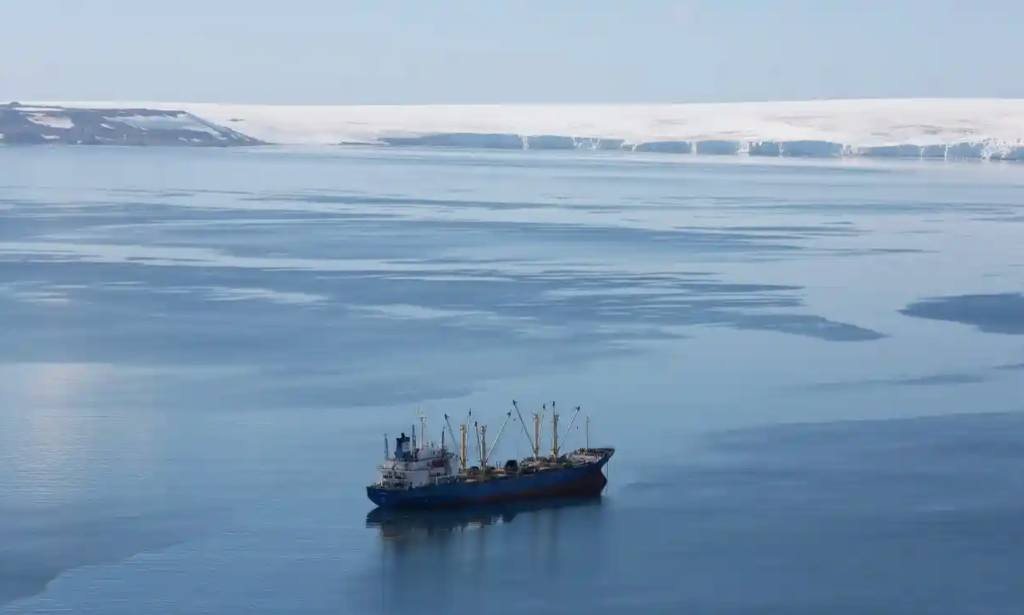
5. US Accuses UK of Exploiting Russia Tensions to Fish Highly Prized Species
A diplomatic fight has broken out between the UK and the US over efforts to conserve a deepwater species of fish near Antarctica, as Russia obstructs attempts to set catch limits. Last year, Russia rejected catch limits for Chilean sea bass set by a fishing regulatory body, the Commission for the Conservation of Antarctic Marine Living Resources (CCAMLR). This spring, the UK responded by issuing licenses to four British flagged vessels to fish for the species off the coast of South Georgia. US officials say the UK’s actions breach the commission’s rules, rendering the catch illegal. It is the first time in the CCAMLR’s 40-year history that deep sea fishing of Chilean sea bass, one of the world’s highest-priced wild-caught fish, is going ahead without any catch limits from the commission. The feud risks a breakdown in carefully negotiated limits for the fishery.

6. UN Chief Says Russia ‘Contributing to Pollution,’ Should Be Part of UN Ocean Conference
UN Secretary-General Antonio Guterres stressed that Russia should not be excluded from the UN Ocean Conference as the exclusion of the country “does not make sense.” “Russia is contributing to the pollution of the oceans and influencing climate change. I believe that countries that contribute to the problems should also take part in solving them,” Guterres told a Portuguese news agency. Guterres reiterated that the key climate summit is aimed at changing the policies of the countries worldwide, and therefore the exclusion of one nation would hamper the climate change goals. According to the UN chief, all the countries of the world, including Russia, must commit to the climatic goals without exemption. The UN is focused on the efforts to achieve these climatic targets under the Sustainable Development Goals (SDGs) and has garnered 1,328 voluntary commitments toward ocean conservation.
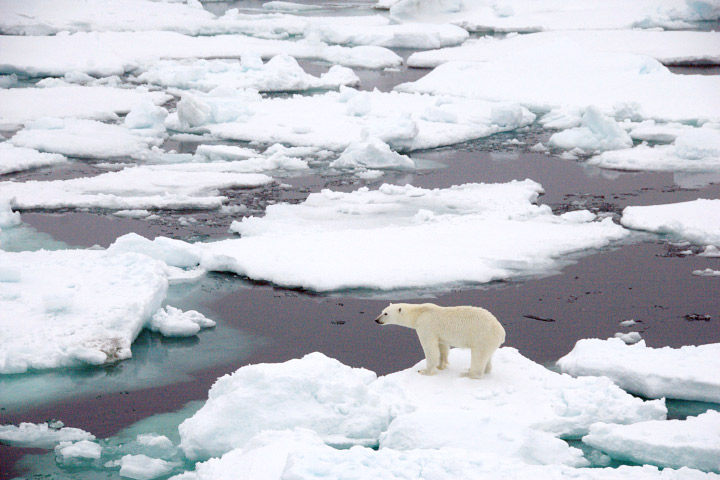
7. Proactive Approaches Needed to Enable Ecosystems to Adapt to Climate Change
As the need to address climate change becomes increasingly urgent, so too does the concurrent need for proactive stewardship of the Earth’s rapidly changing biosphere, according to new research. In order for species and ecosystems to adapt and be resilient, it is critical to move beyond preservation-oriented approaches and include those that enable ecological change. The authors note that conservation should not just focus on “climate change losers” but also on proactive management of emerging opportunities and pressures. In the Arctic, warming oceans and shrinking sea ice may create more fish production but threaten some species like polar bears that rely on the ice for hunting seals. Ice loss in the Arctic Ocean also increases pressures from industrial activities such as shipping traffic and oil and gas exploration that pose environmental risks. These pressures must be managed to steward the Arctic ecosystem into the future.
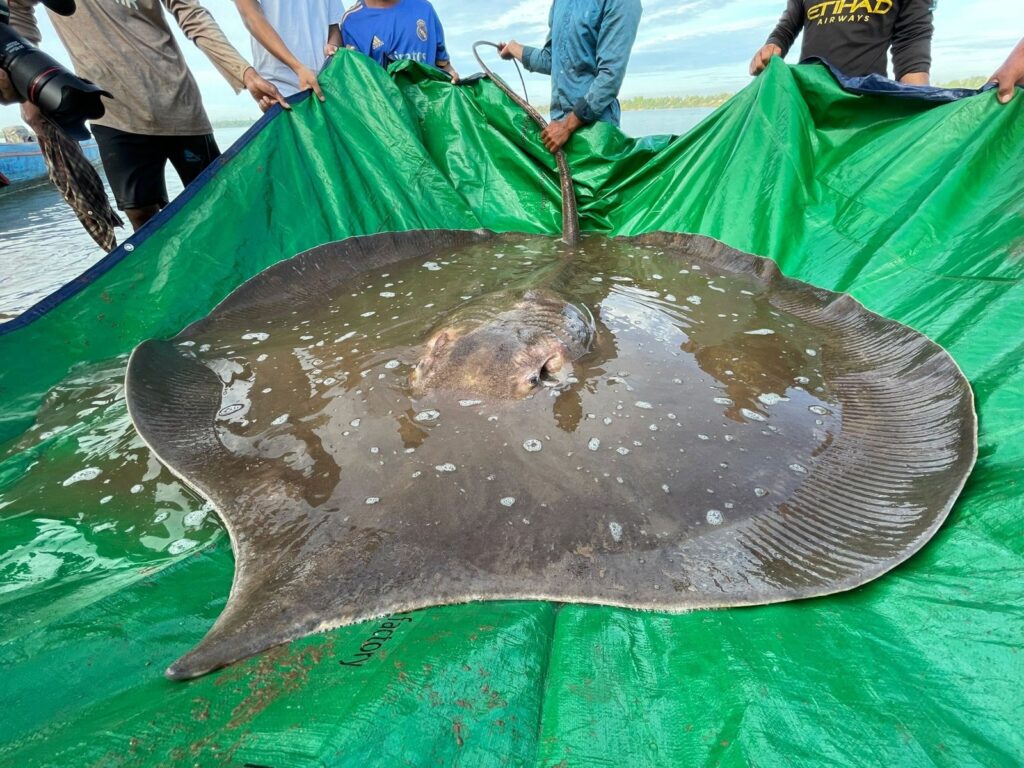
8. World’s Largest Freshwater Fish Found in Mekong, Scientists Say
A 300kg (661lb) stingray caught in the Mekong river in Cambodia is the biggest freshwater fish ever documented, scientists say, unseating a 646lb (293kg) Mekong giant catfish caught in Thailand in 2005. The Mekong is rich in biodiversity but overfishing, dams, and pollution threaten its fragile ecosystem. Said biologist Zeb Hogan: “Finding and documenting this fish is remarkable, and a rare positive sign of hope, even more so because it occurred in the Mekong, a river that’s currently facing many challenges.” The giant freshwater stingray is an endangered species. This is the second giant stingray examined by Hogan’s team since May: the earlier one weighed 181kg. “When record fish are found, it means the aquatic environment is still relatively healthy. This is in contrast to what we’ve seen in places like the Yangtze River, where scientists reported the extinction of the Chinese paddlefish,” Hogan said.
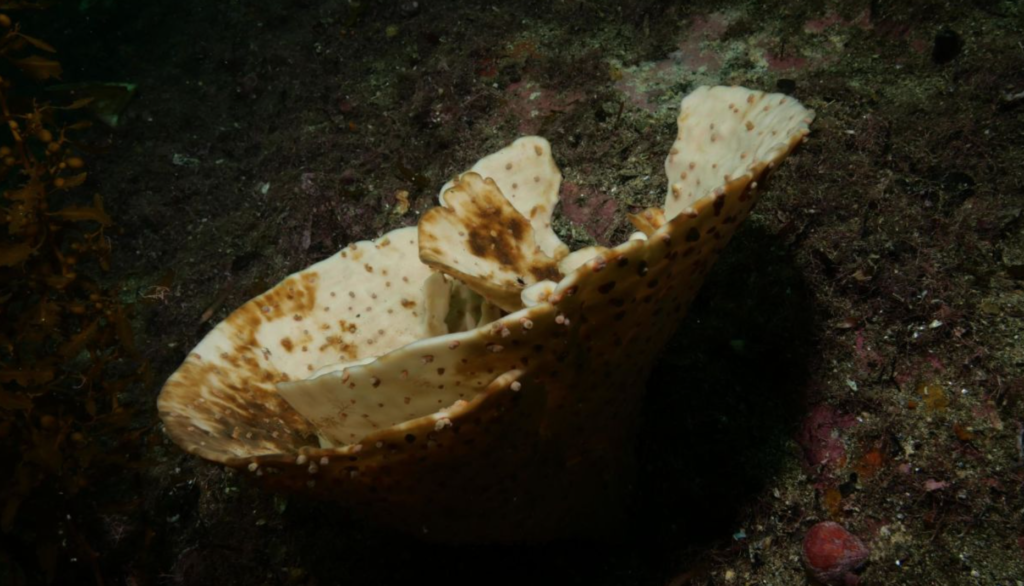
9. New Zealand Sea Sponge Populations ‘Dying by the Millions’ Due to Climate Change
Images from New Zealand show millions of once-brown sea sponges bleached bone white in the worst mass bleaching event of its type ever recorded. The discovery comes amid rising ocean temperatures, a trend that scientists say is overwhelmingly due to fossil fuel emissions. New Zealand scientists discovered thousands of bleached sea sponges this year, in cold waters off the country’s southwestern coast. Further findings showed worse damage, with millions of sea sponges affected throughout the Fiordland region. “This region was so abundant and rich in marine life and it was almost like a white graveyard when we discovered it,” said James Bell, a marine biologist. Sea sponges are heavily affected by extreme ocean warming and turn white as a stress response to too-warm temperatures. The sea creatures play an important role in marine ecosystems, and their loss could affect millions of other marine animals.
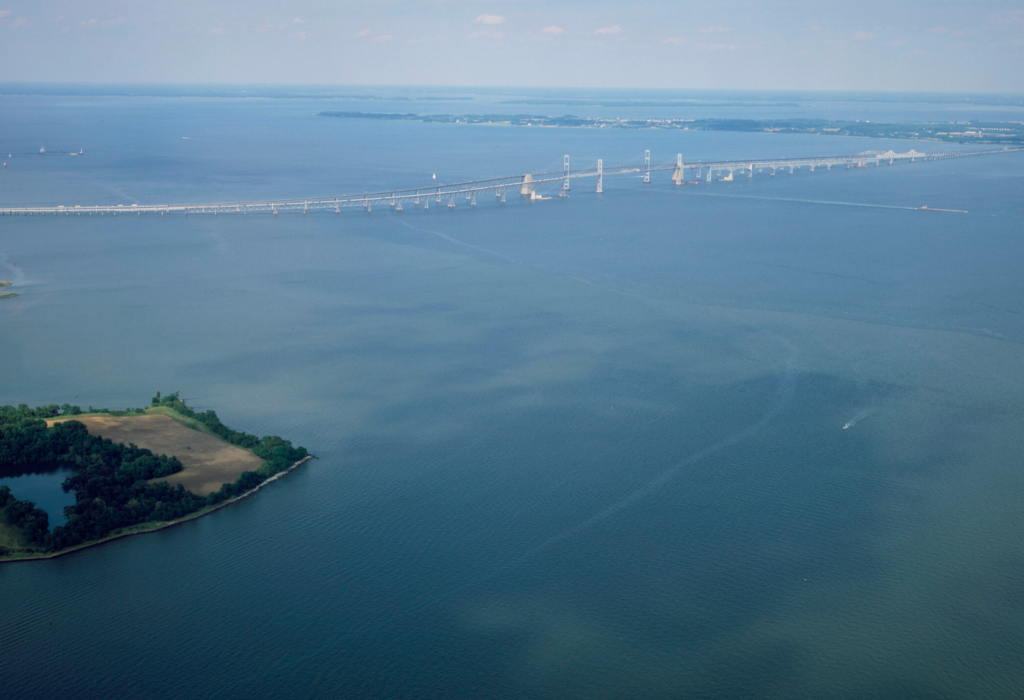
10. New Law Could Clean Up Wastewater Treatment in Maryland, Benefit the Chesapeake Bay
The Chesapeake Bay Program recently reported that Maryland’s wastewater treatment facilities, operating in violation of discharge permits, contributed significant increases in nitrogen and phosphorus pollution last year in the bay. This comes as environmental advocates closely monitor implementation of new legislation to reform the state’s Department of the Environment (MDE) and fix a dysfunctional system for regulating wastewater treatment facilities. The legislation—SB492/HB649—requires the state regulatory agency to increase staff, clear its chronic backlog of expired wastewater treatment permits, increase inspections of wastewater facilities flagged for violations, and penalize polluters. Bipartisan support for the legislation followed many reports highlighting severe understaffing in the MDE under Governor Larry Hogan that compromised regulators’ ability to identify, inspect, and take action against polluters. Mark Shaffer with the MDE said that the Hogan administration continues to work closely with the bay partnership to make progress toward the 2025 goals.
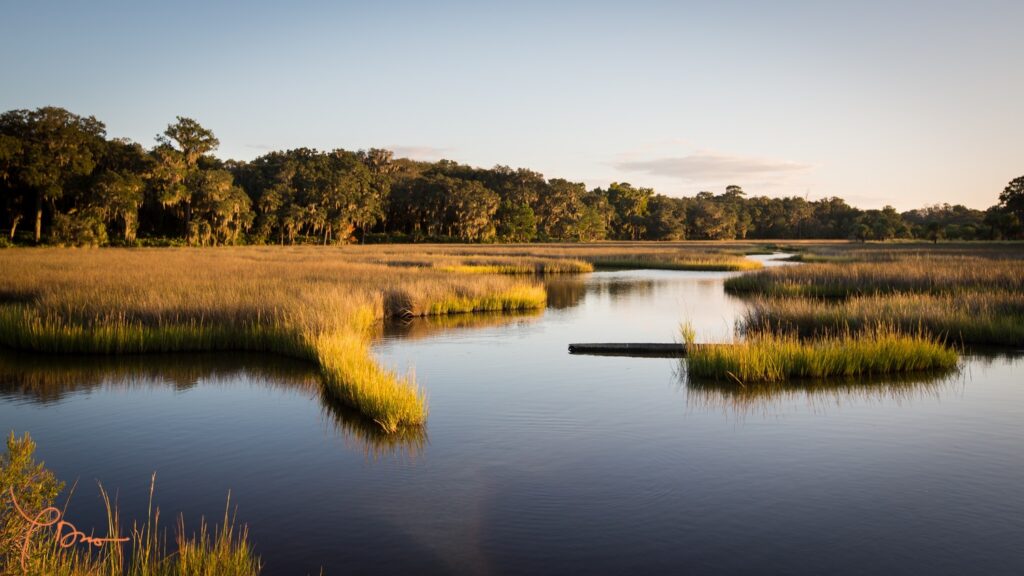
11. Coastal Marsh Migration May Further Fuel Climate Change
As coastal marshes invade low-lying forests and freshwater wetlands, due to rising sea levels, the loss of trees and decomposition will release more carbon into the air than can be captured by the marshes, reversing the carbon sink and further contributing to global climate change, a new study says. The study’s modeling runs looked at land changes in coastal areas through the year 2104 in scenarios that predict intermediate sea level rise. In 16 out of the 19 runs, inland marsh migration converted land from a net carbon sink to a net carbon source. “There might be some things that can be done to protect key areas from converting,” said Katie Warnell, the lead author, such as creating berms and pumps to protect agricultural land or preemptive forest harvest in vulnerable areas. Reducing greenhouse gasses would also help.
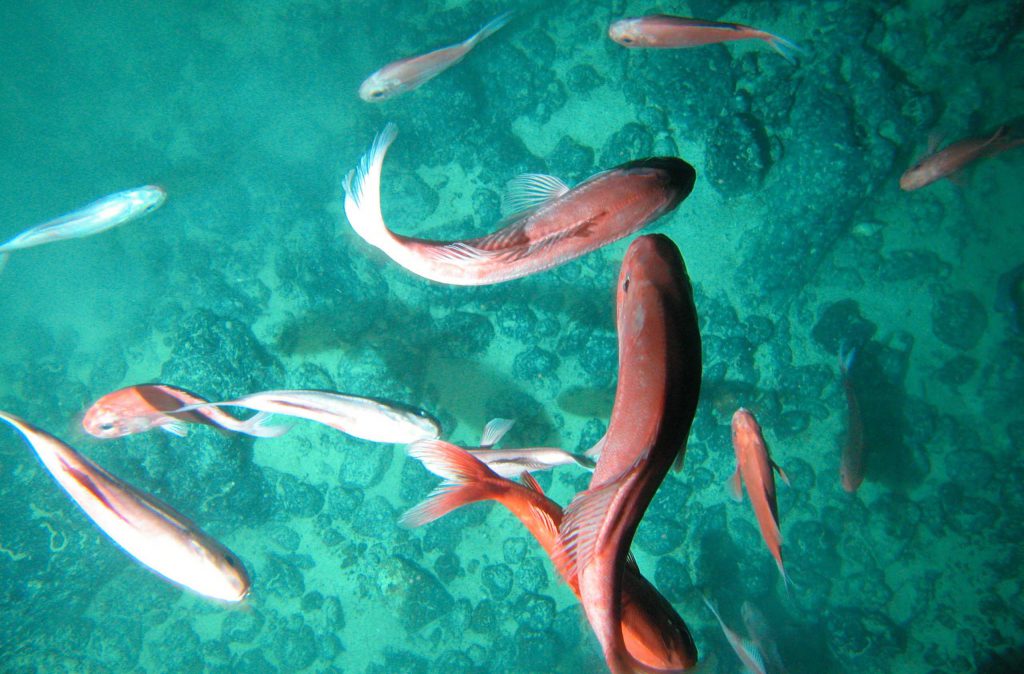
12. New Details of Endangered Orange Roughy’s Life Cycle Prompt Calls to Limit Fishing
New Zealand recently assessed populations in one of its orange roughy fisheries and found that the age of this endangered deep-sea species’ breeding was “unexpectedly high.” The age at which 95% of stocks were breeding was 73.3 years. The sustainable fisheries manager at the Australian Marine Conservation Society, Adrian Meder, said the newly released data should prompt a “precautionary” response from the Australian Fisheries Management Authority, which allows permits for fishing of orange roughy in two areas off Tasmania. “It has real implications for the ability of these fish populations to support industrial fishing,” Meder said. “It means that the fish are capable of doing potentially a lot less breeding in the years they’re out in the ocean before we catch them.” Ocean campaigners say that fishing fleets that trawl for orange roughy off Tasmania should be “sent back” in light of the new data.
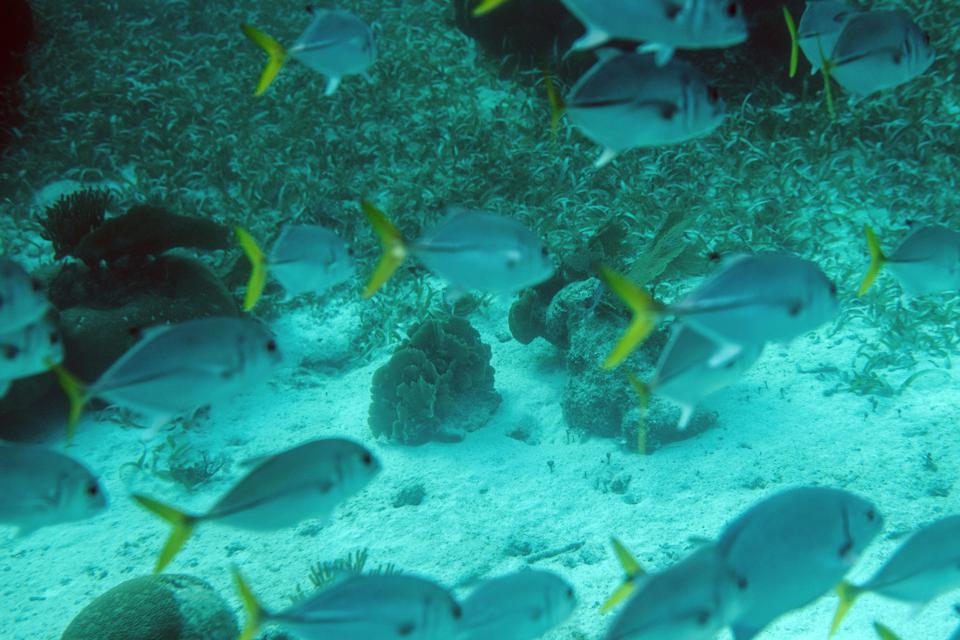
13. How The Nature Conservancy’s Blue Bond Helped Belize Restructure Its Debt and Conserve Its Oceans
Several years ago, governments in many developing countries wanted to protect their natural resources but lacked financing. “There wasn’t enough funding globally to allow countries to achieve their conservation goals, while providing a sustainable funding stream,” says Steve Valdes-Robles at The Nature Conservancy (TNC). Ultimately, TNC devised the Blue Bonds for Ocean Conservation program, a massive debt refinancing project with the government of Belize, which agreed to a long-term commitment for ocean conservation. The $364 million debt conversion reduced Belize’s debt by 12% of GDP, created long-term sustainable financing for conservation, and locked in a commitment to protect 30% of Belize’s ocean. As part of the overall agreement, the government takes a portion of the savings from the restructuring to make regular payments to the conservation fund over the next 20 years. There also are milestones for conservation, and reaching those goals will take eight years.
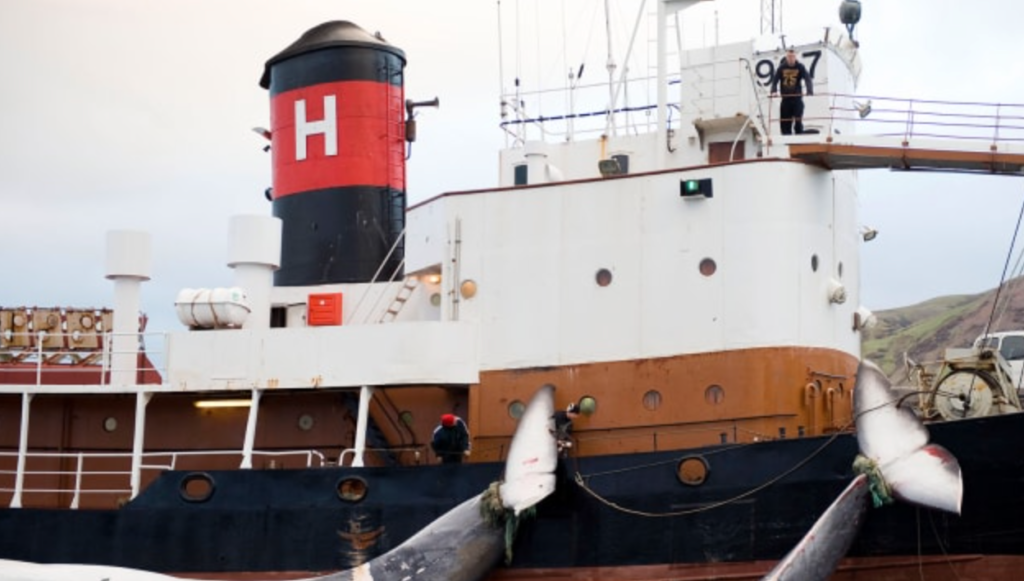
14. Tourists Are Back in Iceland, But So Is Whale Hunting
After a four-year hiatus, Iceland’s last remaining whaling company, Hvalur hf., will resume its hunt this summer, much to the chagrin of tourism officials. As the Covid-19 pandemic had a devastating impact on Iceland’s tourism industry, backlash over whaling is the last thing many tourism officials want. “The tourism industry and most Icelandic citizens are against whaling,” said Ásberg Jónsson, CEO of Travel Connect, a large Reykjavík travel services company. “It’s saddening and frustrating to hear that this company, Hvalur, intends to resume killing these animals in Iceland. It is very damaging to our country’s reputation. This, in turn, has repercussions for our export and tourism industries.” Hvalur last sent its vessels to hunt in the summer of 2018, and a total of 146 whales were caught during the season. Depending on the light, the whaling season typically begins in June and lasts until September.
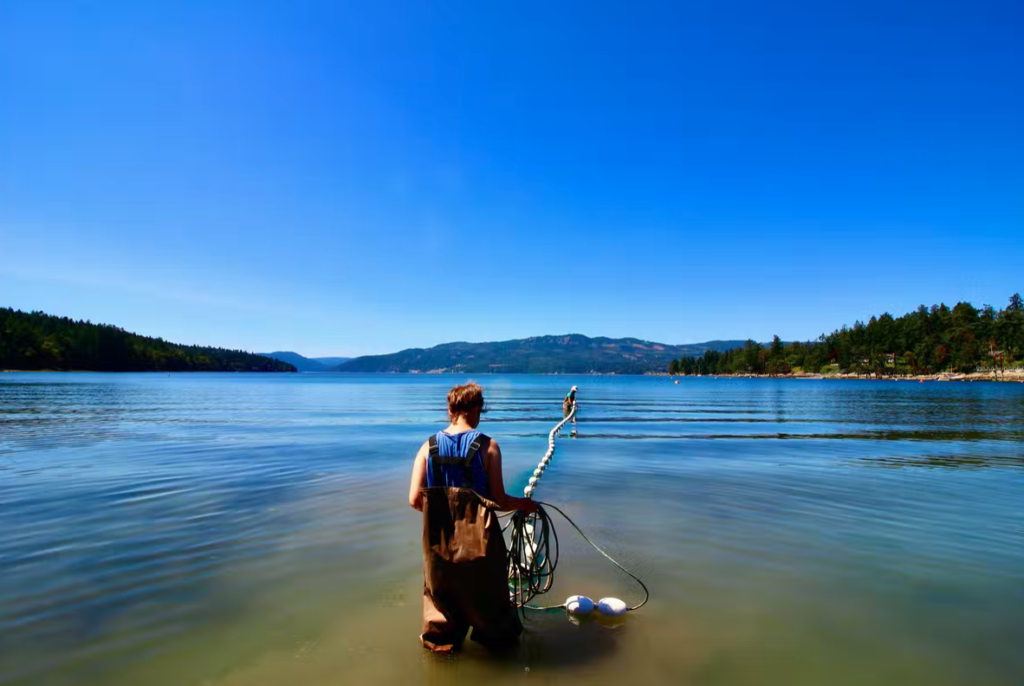
15. Microplastics Might Be Entering Marine Food Webs From the Bottom Up
A new study explores how microplastics move within coastal marine food webs, finding that smaller animals feeding lower in the food web might be at greater risk from microplastic exposure than larger predators. In 2018, researchers collected clams, mussels, sea cucumbers, crabs, sea stars, and fishes across a food web from around southern Vancouver Island. Animals higher in the food web did not contain greater concentrations of microplastics than animals lower in the food web, suggesting that biomagnification was not occurring. However, researchers did find that concentrations of microplastics were higher for certain smaller species compared to their body weight. Overall, the numbers of microplastics found in all animals were less than two particles per individual on average. While this could mean that health risks to these animals are low, scientists have yet to understand how long-term exposure to low concentrations of microplastics could impact health.
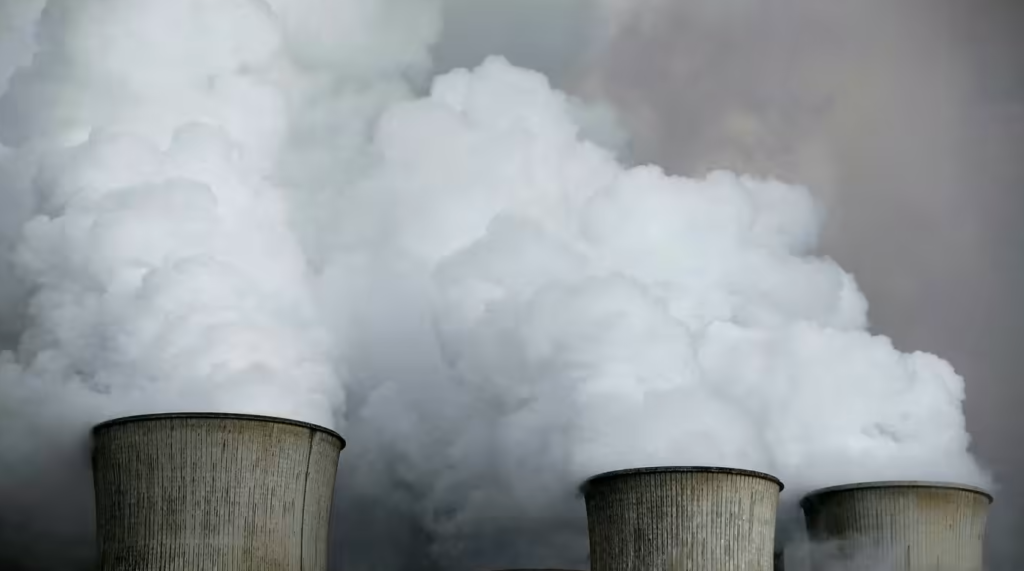
16. Global CEOs Urge G7 Leaders to Step Up Climate Action
Major global companies are pushing world leaders to step up action to tackle climate change at the G7 summit in Germany, calling for large-scale carbon pricing and measures to boost demand for clean technology. In an open letter ahead of the gathering in the Bavarian resort of Schloss Elmau, more than a dozen heads of large corporations including Bank of America and Shell pleaded for ambitious government climate policies “that offer the private sector clarity and stability.” “Once businesses can be certain of a stable and predictable policy environment with well-established goals, we will do all in our power to help society get there,” they wrote. The companies came together under the Sustainable Markets Initiative, which counts more than 400 global chief executives among its members. The letter emphasized carbon pricing, calling for governments to pursue a price on emissions that would rise over time.
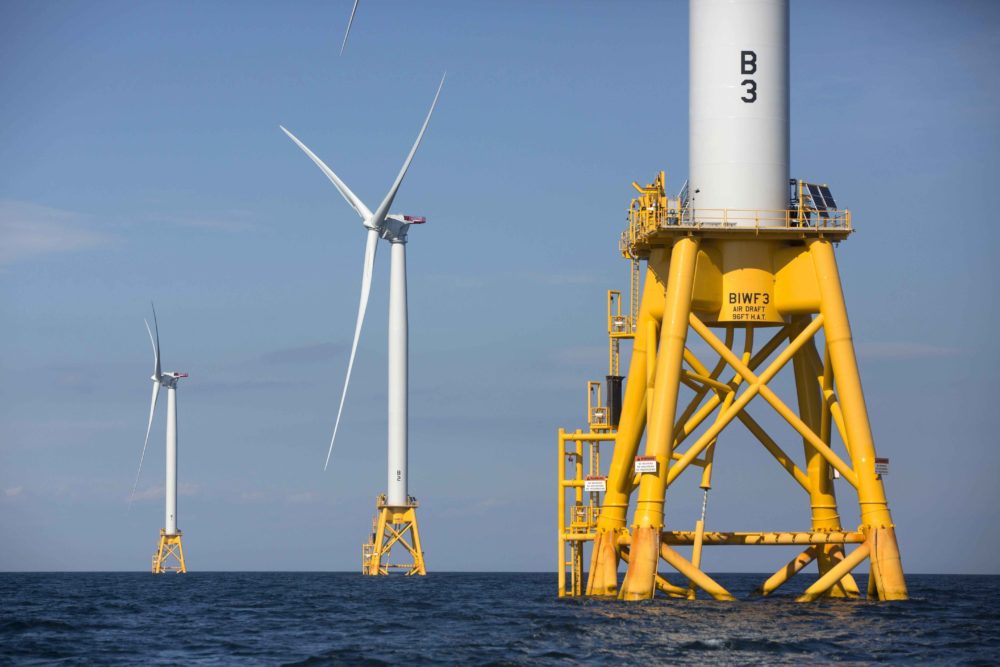
17. Wind Farm, Environmentalists Agree on Ways to Protect Whales
The developers of an offshore wind farm and three environmental organizations have reached an agreement to further protect rare North Atlantic right whales during construction and operation of an energy-generating project. “We don’t need to choose between clean energy development and wildlife protection,” said Alison Chase at the Natural Resources Defense Council. Scientists estimate there are only 340 North Atlantic right whales remaining. They are threatened by changing prey and habitat from climate change, entanglement, and vessel strikes. South Fork Wind will adopt monitoring measures to help ensure right whales are not close to the site during active construction. The project will also reduce noises and implement a 10-knot speed limit for project-related vessels to cut the risk of vessel strikes. South Fork Wind will also test newer technologies that have the potential to track whale movement, gathering data that could be used in future projects.
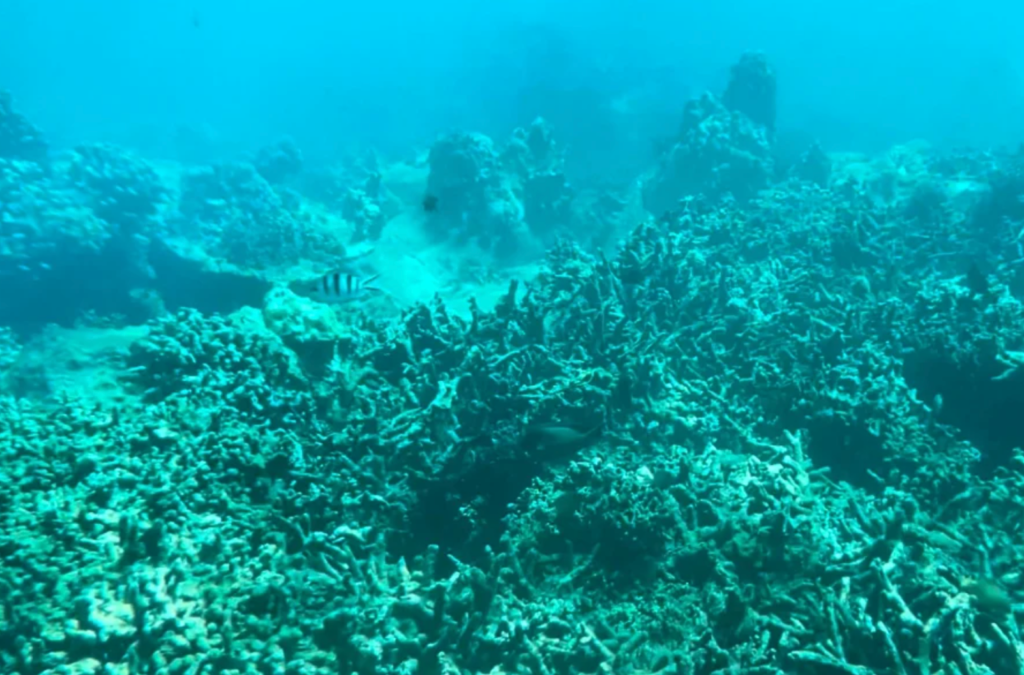
18. Vietnam Halts Swimming and Scuba Diving Off Popular Island to Protect Coral
Vietnam has banned swimming and scuba diving at a popular tourist spot in an attempt to revive its damaged coral reefs. Recent photos taken off Hon Mun island showed the reef bleached and damaged. Vietnam boasts more than 3,200km of coastline with crystal clear waters, vibrant sea life, and sandy beaches that are a huge draw for tourists. But coral reefs across Southeast Asia have been badly hit by global warming, with scientists warning their degradation could have devastating environmental and economic effects. Around 60% of the coastal bed in the area around Hon Mun island was covered by living coral in 2020, but more recent findings showed that coverage had shrunk to less than 50%. Previously local authorities blamed the shrinking ecosystem on climate change, noting that powerful storms had damaged the coral. They also blamed illegal fishing, dredging, construction, and waste disposal.
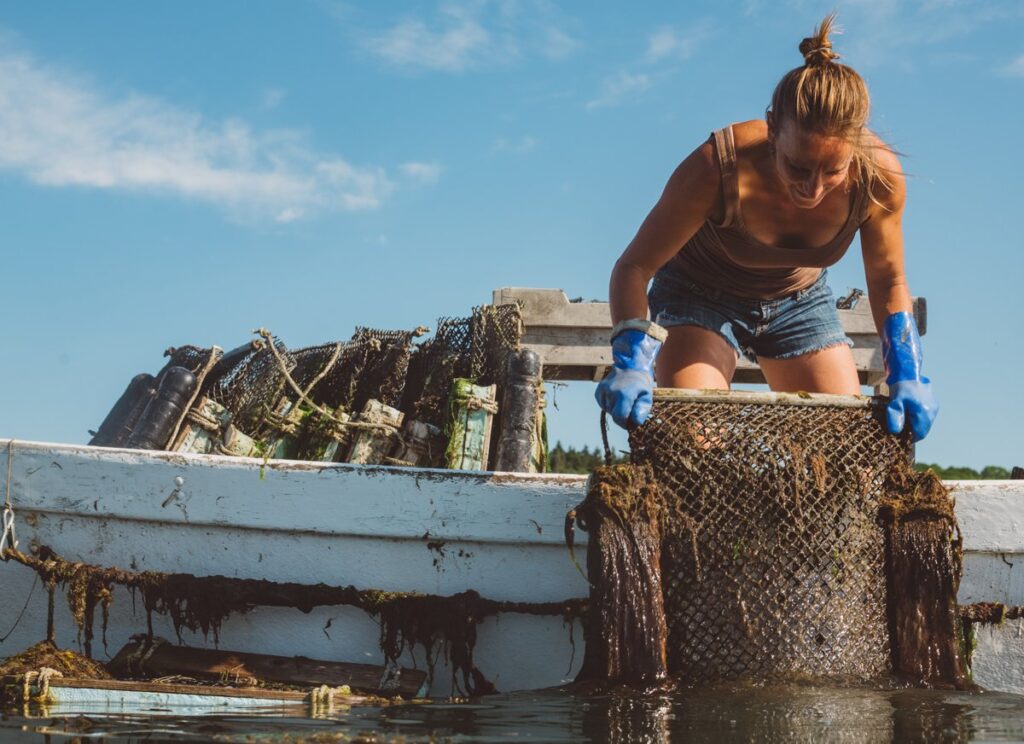
19. To Cut Ocean Plastic Pollution, Aquaculture Turns to Renewable Gear
Aquaculture both contributes to and is potentially harmed by the ocean plastics crisis. Much of the industry’s gear is made of plastic, which degrades over time, generating particles that are ingested by shellfish and finfish, harming their health. While harvest bags are a small part of the plastics used in aquaculture, replacing them with a non-plastic biodegradable material is a step in the right direction. Producers use roughly 1,200 of these bags every season. The string is made with 100% European beechwood, sustainably harvested by thinning forests certified by the Forest Stewardship Council or the Programme for the Endorsement of Forest Certification. Other new products include kelp-based ropes and lobster bait bags, oyster cages made from wood and metal, and cotton and hemp-based systems for growing shellfish larvae. While innovators are still grappling with longevity, durability, and the cost-competitiveness of materials, the trend shows promise.
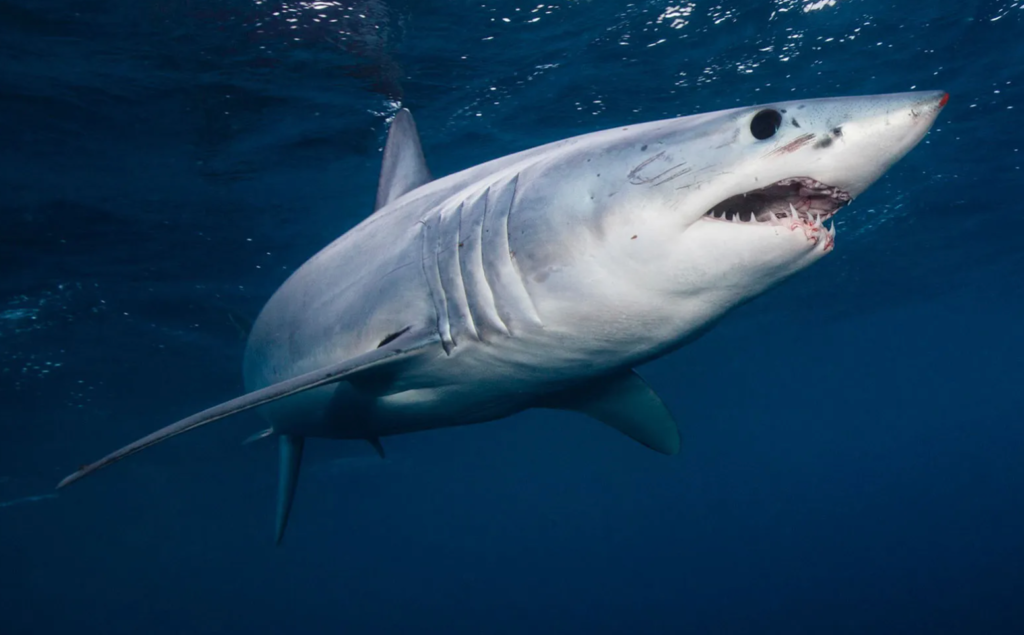
20. Lawsuit Launched Over Federal Failure to Protect Shortfin Mako Shark
Defenders of Wildlife and the Center for Biological Diversity intend to sue the National Marine Fisheries Service for failing to protect the shortfin mako shark under the Endangered Species Act. The law requires the Fisheries Service to determine if endangered species protection is warranted for the shortfin mako within 12 months of receiving a listing petition on which it has made a positive 90-day finding. Defenders of Wildlife filed the listing petition on Jan. 25, 2021. The Service issued a positive 90-day finding that listing may be warranted on April 15, 2021, meaning a final determination was due no later than Jan. 25, 2022. “The shortfin mako shark is the world’s fastest-swimming shark, but it can’t outrace the threat of extinction,” said Jane Davenport of Defenders of Wildlife. The shark faces many threats, especially overfishing. The species’ highly valued fins and meat incentivize overexploitation.
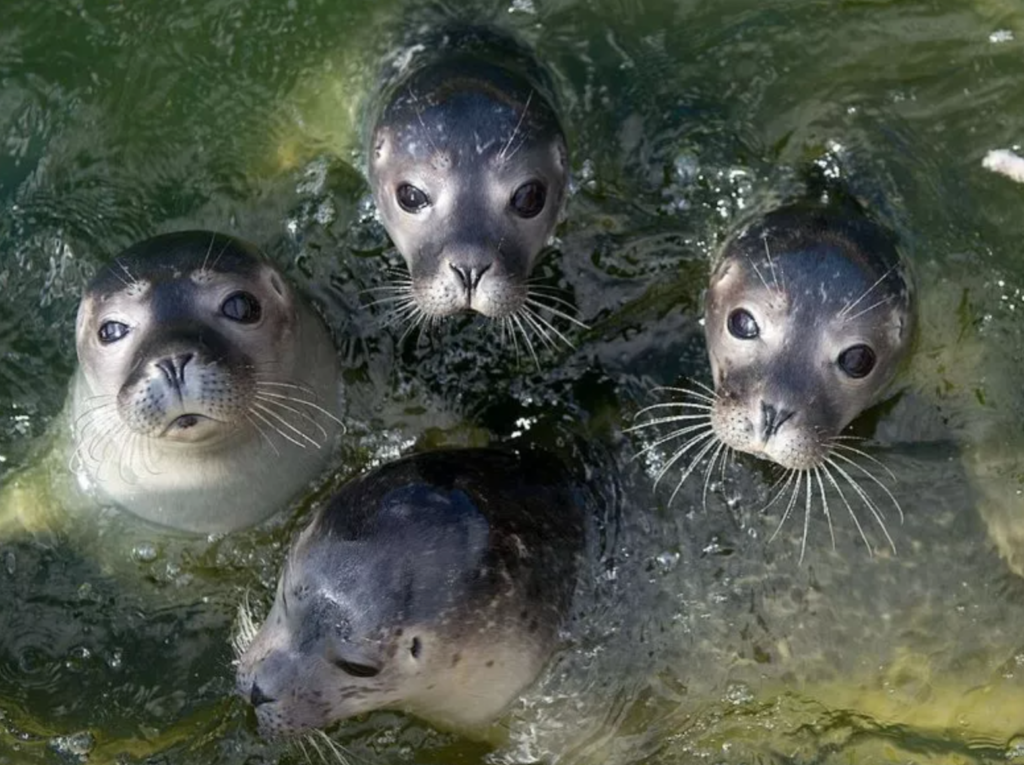
21. Seals, Porpoises ‘Shout’ at Each Other to Be Heard Due to Noise Pollution
Noise pollution underwater has been likened to a nightclub, with seals and porpoises having to “shout” at each other to be heard, according to new research. Pile drivers that bash huge columns into the seabed to create platforms for offshore turbines are damaging the hearing of seals and porpoises, and noise regulations need to be updated to protect sea creatures against a rising din in the oceans, say conservationists. Whales are also struggling to compete with it, spending more time and energy trying to communicate. Hearing is important to marine mammals for communication, avoiding predators, and finding food. Concern exists over the potential for man made noise in the oceans to alter their behavior – or cause deafness. From ship engines to underwater blasts, people are filling the oceans with sounds. Researchers are now trying to pin down how they affect ecosystems before it is too late.
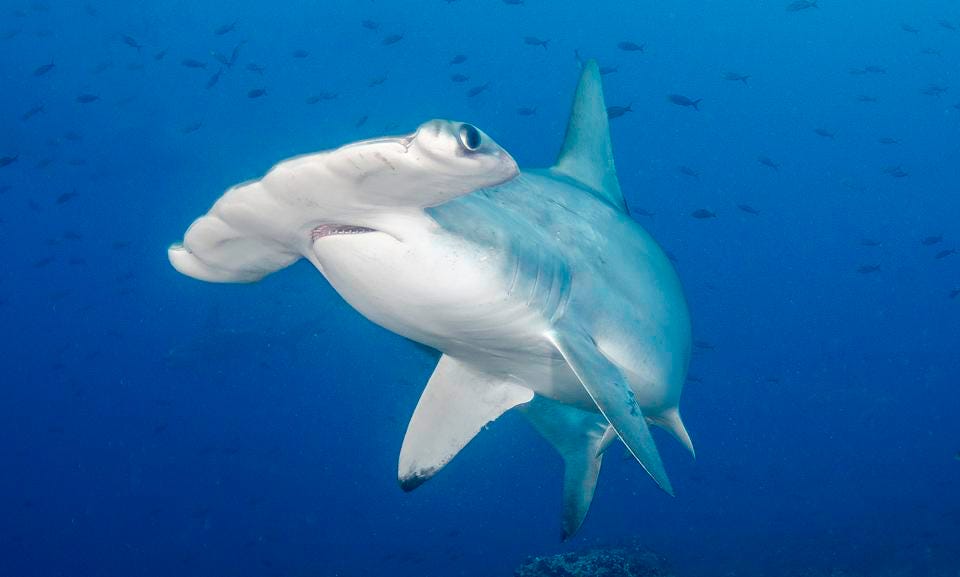
22. Shifts in Habitat Have Changed This Shark’s Body Shape
New research shows that when a shark shifts its ecology, there is allometric growth in certain regions of the body in response. Major shifts in an animal’s habitat often occur during their life, affecting its morphology and function; however, little is known about how ecological changes influence sharks’ locomotor system. Researchers studied scalloped hammerheads, which spend their early years in near-shore water before moving into deep water habitats. “We found [that] pectoral fin length and area, pectoral fin and caudal fin aspect ratio, dorsal fin height and the length of the caudal fin lower lobe exhibited positive allometry. These changes point towards an increase in swimming efficiency through reductions in drag, which are indicative of sustained swimming activity,” the authors explain. “This suggests that the changes in ecology have profound influences on the functional morphology of scalloped hammerheads” consistent with long-distance migration as they mature.
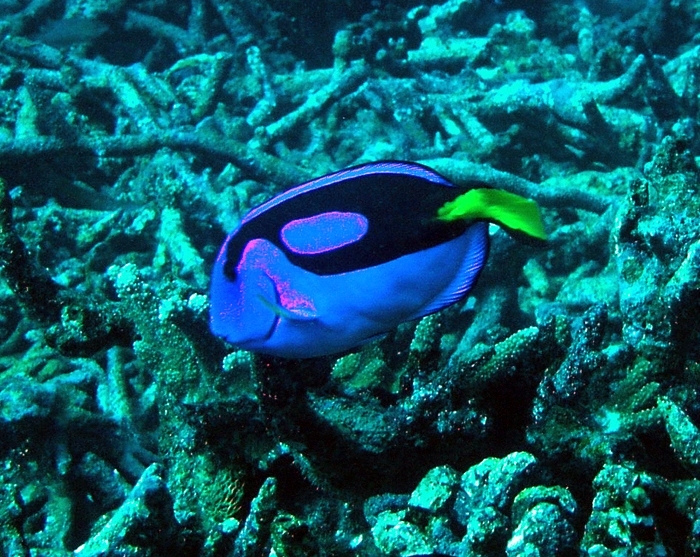
23. US Needs to Diversify Marine Protected Areas to Reap Full Benefits
The United States hasn’t been investing in diverse ecosystems as much as it has in the central Pacific Ocean. New research says roughly 96% of the marine protected areas (MPAs) in the US sit in the central Pacific. Outside that region, less than 2% of US ocean waters have any protection at all, and the few bodies that do are usually “minimally” or “lightly” protected. Because of that little protection, the MPAs’ species and ecosystems are still vulnerable. These areas can still experience fishing and infrastructure activities that endanger biodiversity. If the United States doesn’t improve its system of MPAs to be more diverse, more protective, and include more water bodies across the United States and territories, we may lose important benefits from several ecosystems in the unprotected areas and leave them even more vulnerable. Those most at risk include the Caribbean Sea, the Arctic, and Atlantic Oceans.
/




